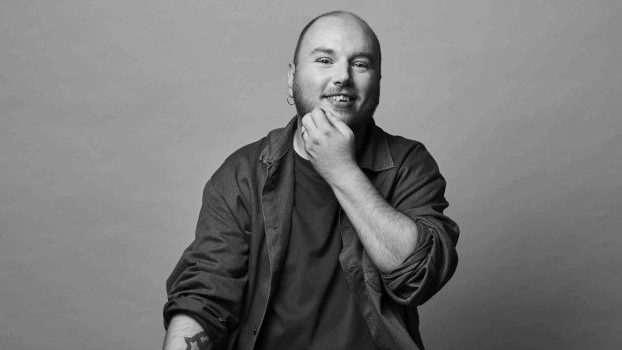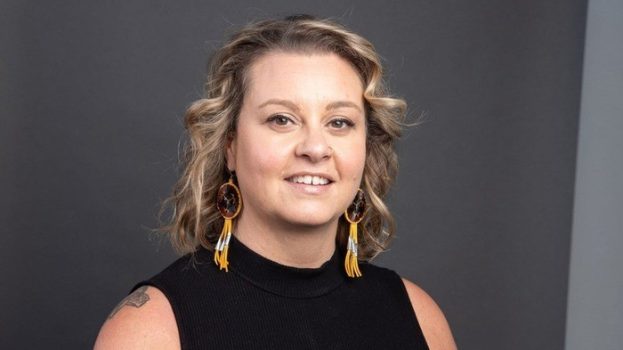For the typical BIPOC working in advertising or marketing, microaggressions are a common occurrence and finding senior leaders to help you navigate the corporate world has been difficult, according to a new survey conducted by People of Colour in Advertising and Marketing (POCAM).
The survey polled 309 BIPOC working in marketing or advertising from Nov. 11 to Dec. 1.
Most of the respondents (48%) worked at creative agencies, with 17% on the client side and the remainder being a mix of media agencies and production. BIPOC people working in the industry in Canada are most likely to be working in account service (21% of respondents), followed closely by creative (19%) and strategy (18%). Among the respondents, 35% identified as South Asian, 25% as Black; 56% identified as women, and 51% were between the ages of 25 and 34.
“We heard the BIPOC experience from the mouths of people working in the industry, and we are not going to shy away from that,” said Julian Franklin, POCAM co-founder and principal at Franklin Management Group. “This is your story, and it’s now the industry’s job to listen.”
Added Joshua Richards, director of creative technology at John St. and POCAM co-founder: “It validates a lot of discussion happening behind closed doors. It’s time that this data rises and is used for good.”
The impact of microagressions
A major theme that emerged from the survey is the prevalence of microaggressions in the day-to-day work lives of BIPOC. Microagressions – remarks or actions that are made casually and meant without harm, but still have to do with being part of a group that’s discriminated against or subject to stereotypes – were experienced by 83% of respondents.
One of the recommendations POCAM made to the industry at large was to take microaggressions – which some might regard as “small” or trivial, despite the fact that they add up over time – more seriously.
“I can tell you how frustrating it is, how exhausting and embarrassing it is to be singled out and made to feel uncomfortable sharing ideas, especially when it’s coming from those you report to,” said Richards. “Establish training, policies and safe spaces to make sure BIPOC bring their ideas and authentic selves to work.”
Beyond microaggressions, 56% of BIPOC have suffered racial discrimination at work, with 33% saying they’ve been harassed because of their race. In both cases, the number of respondents who said they witnessed it happening to others was actually slightly higher, which Gracie said is typically a more accurate reflection of actual experiences and also creates negative mental health consequences for BIPOC that witness it.
But, what’s more, 30% of BIPOC reported having mental health impacts from their workplace experience – and those who had pre-existing mental health issues (representing half of the sample) tend to be more aware of instances of racial injustice around them, resulting in them being even more on guard and experiencing more negative health effects, which impact their lives outside of work.
“These things, when they leave the office and go back to their communities, it continues,” said Chasson Gracie, director of insights and analytics at John St., who helped POCAM with the report.
There is a mentorship gap
The age of respondents – with the overwhelming majority having less than 10 years of experience – was not surprising to Gracie.
“If you don’t have a lot of experience and are trying to get to the next level, and you don’t see anyone who looks like you, you start to think if it’s the right industry for you. A lot of our people end up doing something else,” he said. That then creates a cycle – as those people leave the industry, the next generation of BIPOC entering it also don’t have anyone to look to.
“I have to code-switch to be more like them,” one survey respondent said. “I don’t bring myself to work, I bring what is expected of me to work. I don’t have the same level of confidence to say/do things as my white colleagues.”
That is further exacerbated by the fact that, despite mentorship being a major area of focus for diversity efforts, 78% of BIPOC said they do not have a mentor or sponsor at work. And there is a distinction between the two: a mentor helps you develop and use your skills, while a sponsor helps you navigate the systems, culture and company politics that might otherwise keep you from advancing in your career.
“It’s fair to say that everyone in the industry knows these systems exist, and that favourites are picked by people to move on based on potential,” Richards said. “[Managers need to] create those same opportunities for people who don’t look like them.”
BIPOC working in the industry also over-index on education, 83% having a Bachelor’s degree or higher, and 61% report being from a middle class or higher socio-economic background. While this could be seen as a positive sign, it also highlights the extra work BIPOC need to do in order to have successful careers.
“Most of us, our parents told us, we had to do 200% if we want to get ahead,” Gracie said. “One way to look at this is that we have some smart, highly educated people. But that doesn’t represent all of Canada, and it’s much harder for them,” especially if they need access to an expensive post-secondary education in order to have a place in the industry.
POCAM also found an interesting trend when it came to BIPOC who also self-identified as LGBTQ. They are more likely to have experienced race-based harassment compared to their heterosexual counterparts and are less likely to agree that their company is committed to D&I efforts. Though discrimination exists for both groups, this suggests that race can be a more powerful marker.
“When it comes to society and how we see people, it is easier to bond over sexual orientation than it is over race,” Gracie said. “It’s about proximity. Virtually everyone knows an LGBTQ person, but we still live very segregated lives in our communities, so there is still a distance when it comes to race.”
Looking to the future
Overall, 66% of respondents believed their companies were taking positive steps towards equity – although that means one-third thinks their workplace is lagging. And the data showed that a major deciding factor tended to be whether or not BIPOC were present in executive roles, followed by whether or not their talk from last year had been reflected in their actions, such as in hiring or creating dedicated DEI efforts.
Prompted by a viewer question, the panelists also discussed the fact that when it came to the efforts agencies were making, one of the biggest issues was that BIPOC were too often grouped into one, homogenous group, despite having a wide range of lived experience.
“Have they really tried to understand those differences?” Gracie asked. “Or did they lump everyone into one group to put something out and move on?”
Over half of the respondents were not born in Canada (compared to 22% of the population at large, according to StatsCan), which Gracie points out is significant. The experiences of BIPOC who grew up in Canada (and know how to navigate though society here) differ from those who moved to the country. He also added that while most projections expect the number of immigrants to increase, the output from agencies will have to incorporate these experiences and perspectives; if not, “they are either not going to be around or absorbed by another agency very soon.”
One of POCAM’s other recommendations was to make sure BIPOC perspectives are included in work and decision-making. While that has been a common recommendation, Richards added that measuring those efforts is critical – leaders should track who is contributing to the work, as well as how often and how authentic a picture is being painted by the output, and do better at it. Gracie added that it’s imperative that race be part of market research – it is usually not asked as part of research geared towards measuring a “general audience,” despite the fact that 40% of a “general audience” is a visible minority and online panels skew towards having more white participants.
POCAM has already identified several areas of focus for future editions of the study, such as more dedicated examination of talent from East Asian backgrounds and exploring why Black and South Asian respondents seemed more skeptical about promises made around diversity and inclusion.
There is also one potential area of improvement in terms of outreach: only two respondents in the survey self-identified as Indigenous. Gracie said a different strategy could likely be implemented to improve participation – although the low number was already a clear sign that Indigenous people were being excluded from advertising and marketing at large.
“This is a mirror back to the industry,” Franklin added.
The results of the survey have also guided POCAM’s own plans, and it will be making efforts to be a more vocal advocate and watchdog in the industry, provide the mentorship that respondents are looking for and continue to hold agencies accountable.
One way it will do that, particularly for those that signed onto the group’s Call for Equity, is to release a self-reporting tool that will require signatory companies to track their progress towards the goals outlined in the pledge.
























